One of the regular activities that perks me up as I claw my way through dull grey January is marmalade making. A couple of weeks into the New Year, crates of the bitter Seville oranges needed in its production (smaller and more pitted than their sweeter counterparts) appear at Bonners in The Covered Market. They are available for a short period only, a couple of weeks if you are lucky. So as Oxford is a city of marmalade eaters you must be quick to secure your basketful of Spanish sunshine, sufficient to fill enough jars to last a good way into the coming year. My mother used to produce vast quantities of the stuff, boiling the fruit whole to make the peel soft and therefore easier to shred. She made it principally for my father who loved the thickly cut and chunky variety, spread liberally on buttered toast for breakfast and in suet puddings for Sunday lunch. I use the same recipe though I cut the rind thinner, and the heady welcoming smell of boiling fruit and sugar is still sweetly nostalgic.
And I feel the weight of history as I boil and slice. Because Oxford is as well known for its marmalade as it is for its sausages. Indeed, it is exactly 150 years ago, at this time of year in 1874, that Sarah Jane Cooper, as the story goes, made her first 75 lbs batch just before the birth of her first child. Using the leftover Seville oranges in her husband Frank’s High Street grocer’s shop, (his was one of several Italian Warehouses as they were known in the city that included olive oil, parmesan, tea and hard to source oranges from abroad amongst their offerings) she certainly didn’t invent the bitter spread. More commonly made from quinces (indeed the word is derived from the Portuguese word for quince, ‘marmelo’) it was used medicinally to settle the stomach and was already popular in Scotland. But this was Sarah’s own special ‘Oxford’ recipe and it happened to arrive at the right time in the right place. By the 1870s, lunch was beginning to find favour over the substantial breakfasts of sole, haddock, bacon, eggs, porridge, steak, veal cutlets, kidneys and curried meats still served privately in Oxford college rooms. Toast and marmalade fitted the bill for a cheaper, healthier breakfast that could be eaten communally in hall. The jars flew off the shelves. So, after having the baby, she made some more. A lot more. And as was often the way in those days her husband took the credit. Frank Cooper’s Oxford Marmalade was born.
Sarah Jane came from a well-known local family – the Gills had been ironmongers since the 17th century, until quite recently trading from a shop down the narrow alleyway that is Wheatsheaf Yard. To visit was like going back in time, every nook and cranny stacked high with pots, pans and boxes of screws of various sizes which you could buy singly, packed carefully in a brown paper bag to keep it safe. Now ironically the place is a nail bar, but not of the iron sort. But the point is, it seems a little unfair that the concoction Sarah cooked up should be branded with her husband’s name. There is blue plaque in her memory on the lovely 18th century house at 83 High Street where the family once lived, next to what was the old shop, now The Grand Café. But it’s high up and hard to spot. So, I hope I am doing my bit to put the record straight.
Cooper’s marmalade was at first produced in copper vats at the back of the shop on the High Street by Sarah and a small team. The sweet smell must have been intoxicating as it wafted down the maze of the narrow back alleyways and up through the windows as students were assessed in The Examinations Schools next door. But by the turn of the century, its growing popularity demanded it be made on an industrial scale. In 1903 a purpose-built factory was opened on Park End Street – a prime location opposite the railway station – each storey catering for a different part of the manufacturing process. And amazingly with the devastation afforded so much of this part of Oxford, it’s still there.
Designed by Herbert Quinton and built by Thomas Kingerlee, (now in its 5th generation as a local family construction business), it is one of the few buildings that deserve attention as you alight from the train hoping for views of dreaming spires. Skirt past the Said Business School, where studying for an MBA will set you back £117,000, and cross over the busy Frideswide Square and there you will find an eclectic mix of red brick and honey stone. Ornate wrought iron gates still stand at the place where once horse drawn carriages carried pots of marmalade for delivery to the station or to the shops in town. Huge, light filled curved windows reflect the shape of the roofline, and beautifully ornate stone carvings of flowers and oranges complete with pitted skin adorn the frontage. Cooper’s marmalade stopped being made here when the factory moved down the Botley Road in 1947. The family sold up in 1964 and its marmalade production was moved first to Wantage and then out of the county altogether. The building that became endearingly known as The Jam Factory has had several incarnations since. I remember shopping for second hand clothes when it became an Antiques Centre, and I’ve attended parties at the back by the industrial chimney when it was an Arts Centre and Café. The place has had another overhaul recently, and peering in through the swanky glass doors it appears to be the modern offices of Oxford University Endowment Management. A different beast altogether from its original purpose.
But Frank Cooper’s Oxford Marmalade was in its heyday during the time it spent on Park End Street. Employing a hundred staff, it was marketed as a cottage industry, a natural product with no added ingredients, the peel shredded by hand, and packaged in beautiful Malings porcelain jars. It was to be found only on the most aristocratic of English breakfast tables. “Cooper’s Oxford, please Linda,” says Nancy Mitford’s Uncle Mathew in ‘The Pursuit of Love’. James Bond eats it (the Vintage variety) in Ian Fleming’s ‘From Russia with Love.’ It received the Royal Warrant in 1913 – it was apparently a favourite with King George V – and there’s even a tiny sample pot, complete with miniature signature label in Queen Mary’s doll’s house in Windsor. It accompanied Scott on his ill-fated expedition to the South Pole. One of the only survivors is a rusty tin of the stuff, now on show at the fabulous MOX (Museum of Oxford) in the Town Hall, along with other Cooper memorabilia including a huge paddle used to stir the orange jam as it spluttered and spat. And you can be sure it was the principal ingredient of the marmalade sandwich the Queen took from her handbag when she met Paddington Bear.
And so it is in Sarah Jane’s memory that I set about concocting what I hope will be a vintage marmalade year. First boiling until the fruit is pillow soft. Cooling, then scooping out the pith and pips, to be boiled again before sieving the amber juices onto the now finely shredded peel. Add the warmed sugar. Then watch while it boils. If you are not careful it will burn. Marmalade makers can be a difficult bunch. We all do it slightly differently. Some use brown sugar which makes it darker and richer, others add cardamon or whisky. Then there’s the consistency. I prefer mine not so stiff that it stands to attention, but also not so runny that it dribbles down your sleeve. I know I’ve made a good marmalade when I hold the jars up to the light, and the thin strands of orange seem to have stopped in the middle of a lively dance, suspended in pure sunshine. Sunshine on toast. I’ll settle for that. Thank you Sarah Jane Cooper.
Pictures of Park End Street and High Street buildings by contributing photographer John Milnes
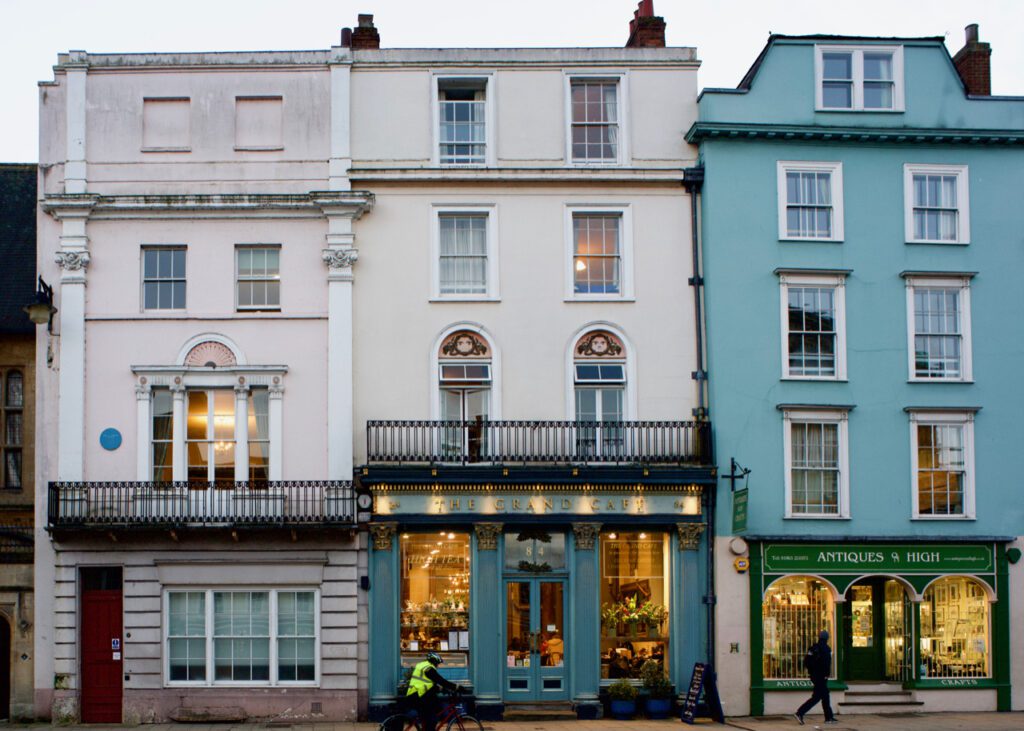
83 and 84 High Street today. The Cooper family lived at no 83. The shop was at 84, now The Grand Cafe, and it was behind here that Sarah made her marmalade.
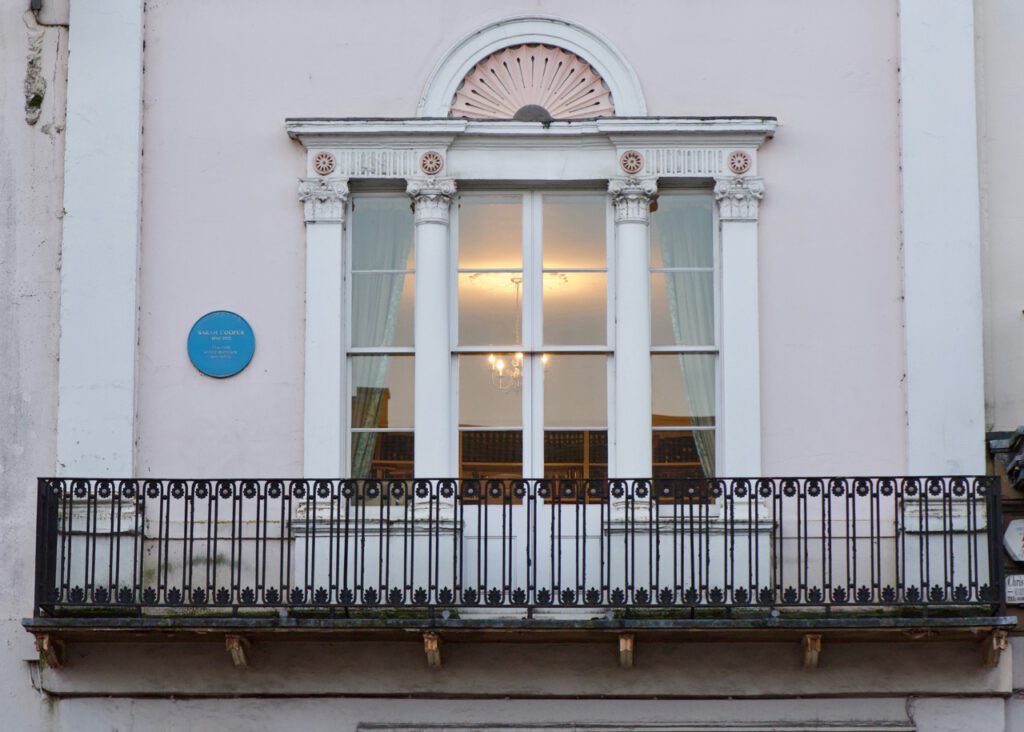
Sarah Cooper’s plaque on the first floor of No 83 reads: SARAH COOPER 1848 – 1932. First made marmalade here in 1874. 150 years ago exactly!
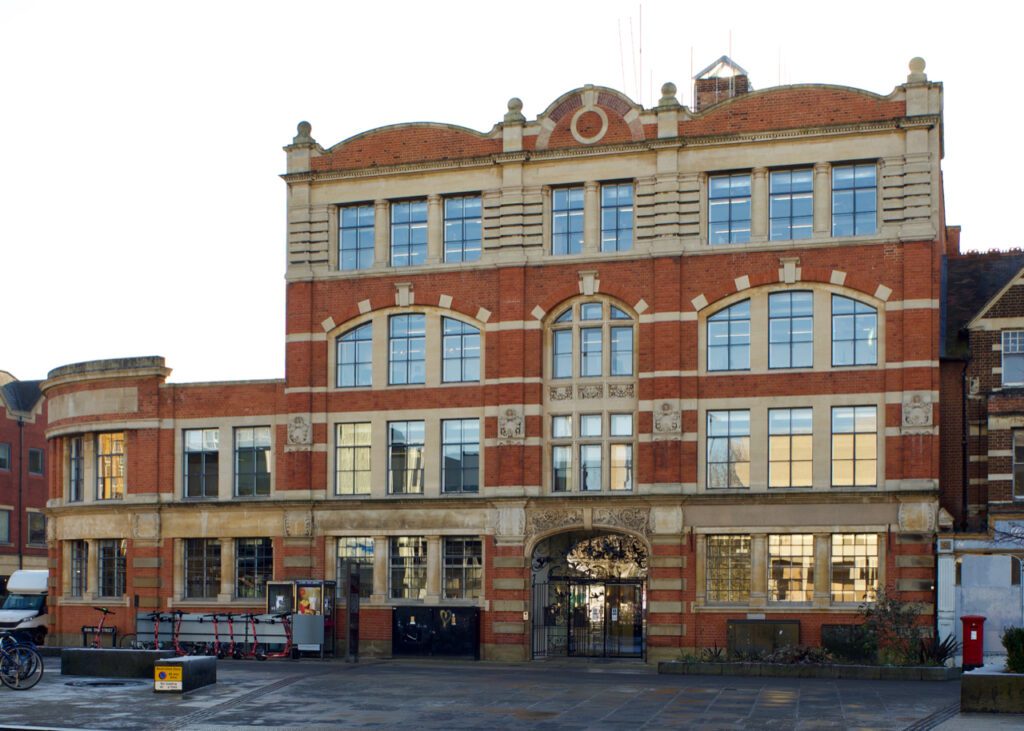
Built in 1903 Frank Cooper’s Oxford Marmalade Factory as it is today.
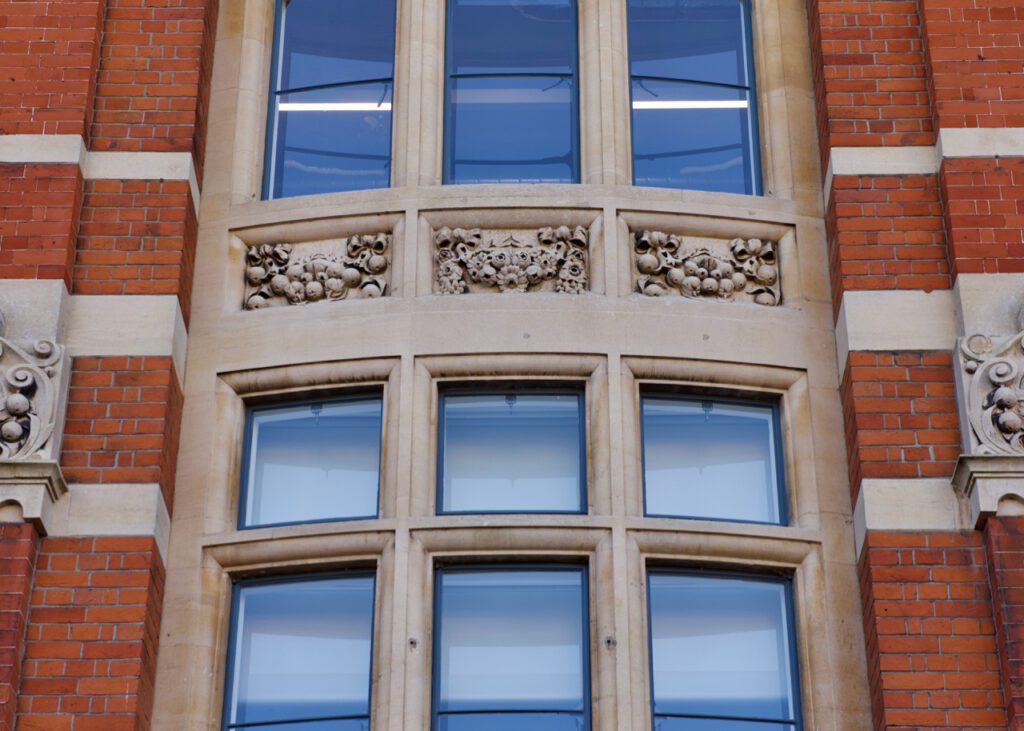

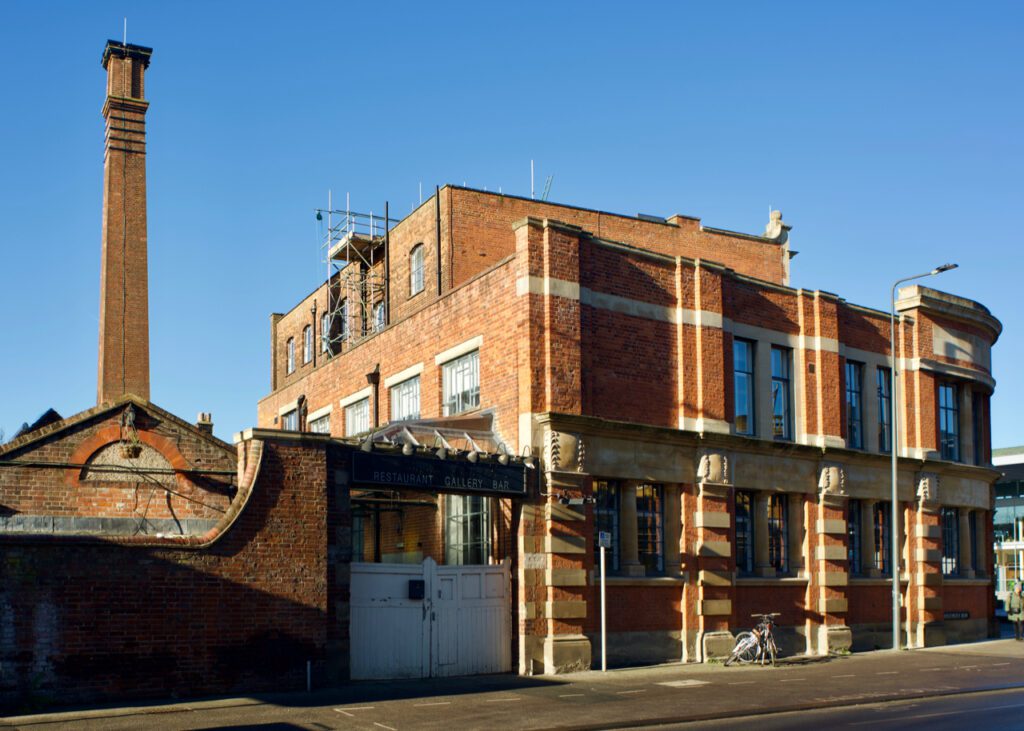
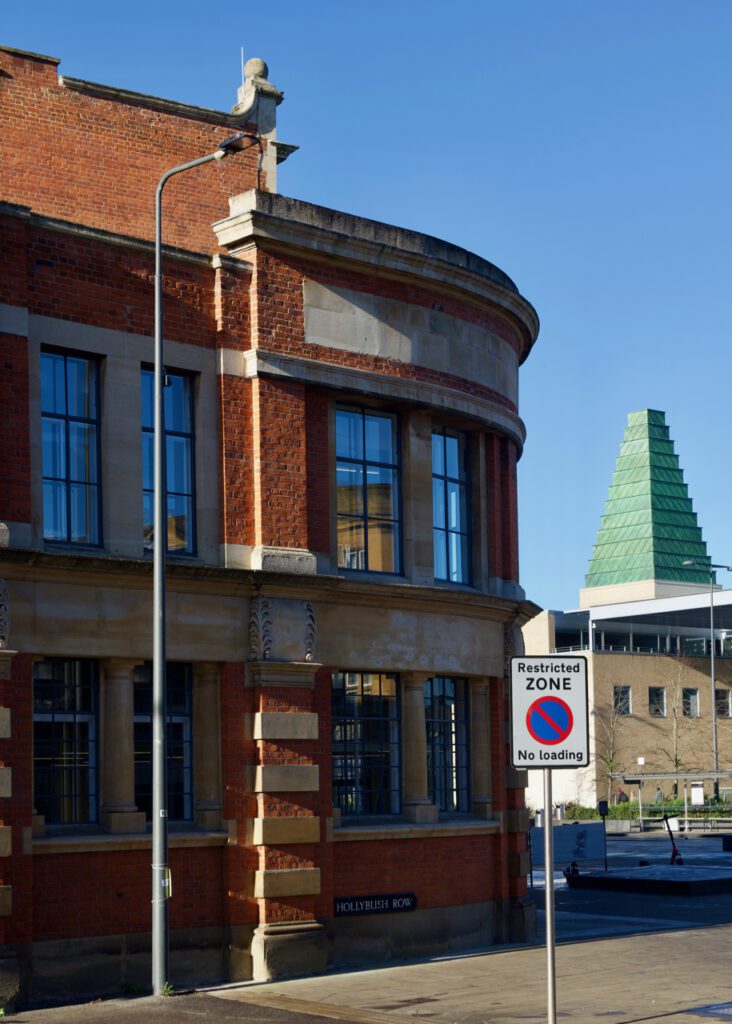
The old and new – the corner of The Marmalade factory and the copper clad ziggurat of The Said Business School across the road, built roughly one hundred years later in 1996.
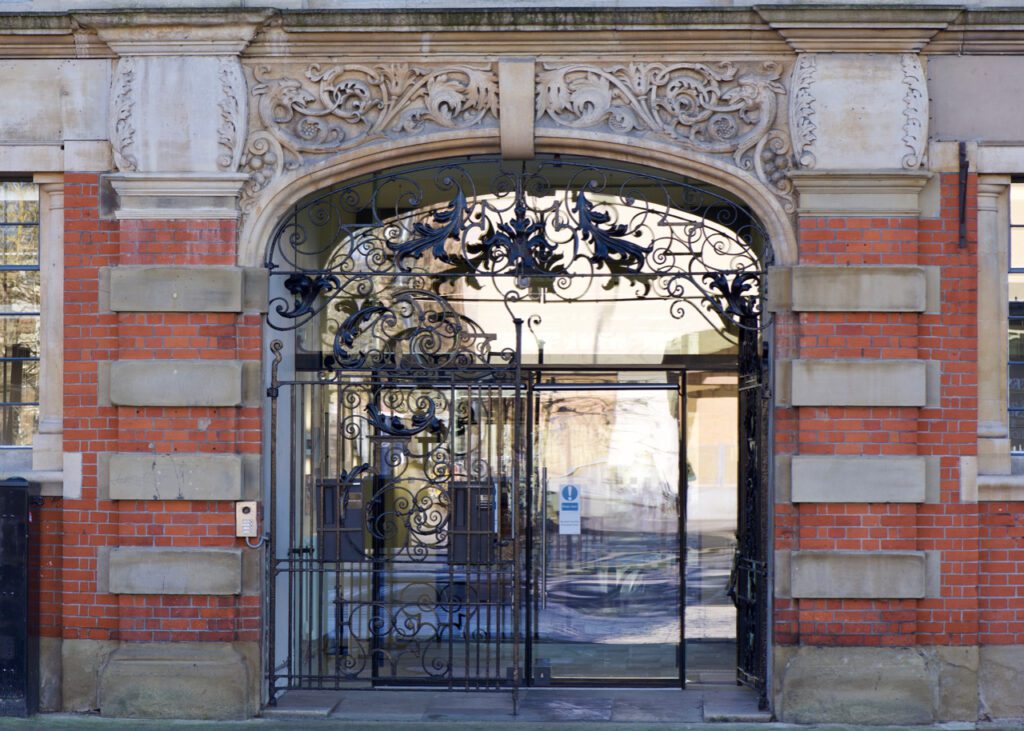

And as it was then. Photograph by Henry Taunt taken in 1906, Oxfordshire County Council

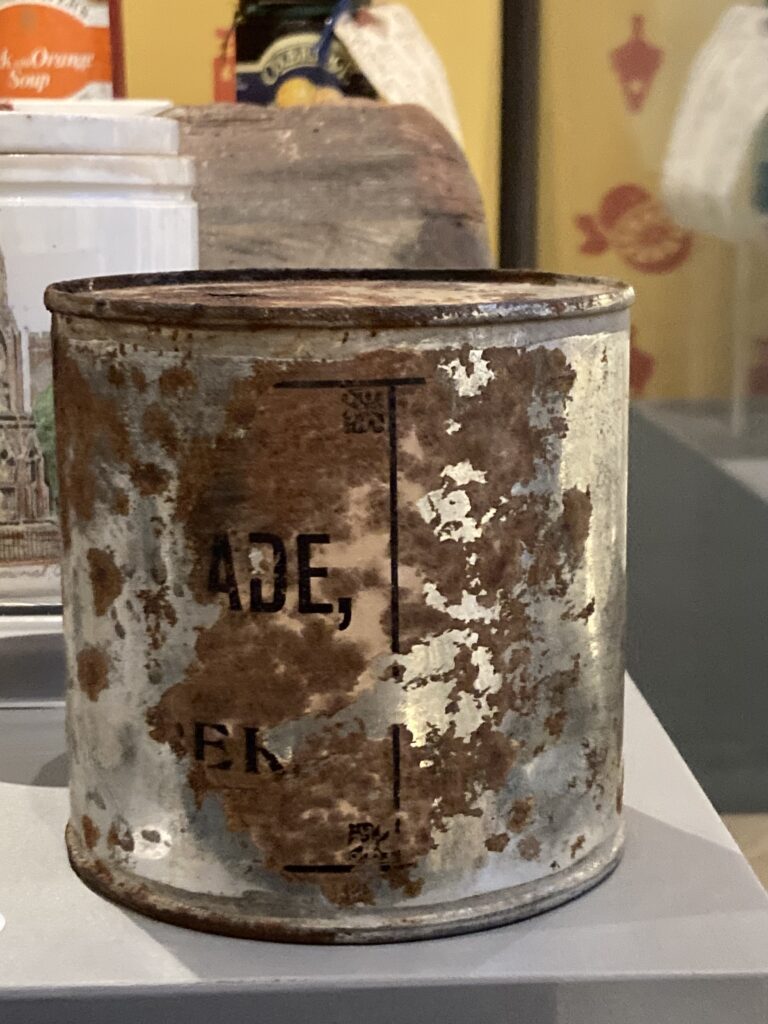
Saved from the ice – what remains of the tin of Cooper’s marmalade taken on Scott’s expedition to the South Pole. Exhibited at MOX – Museum of Oxford
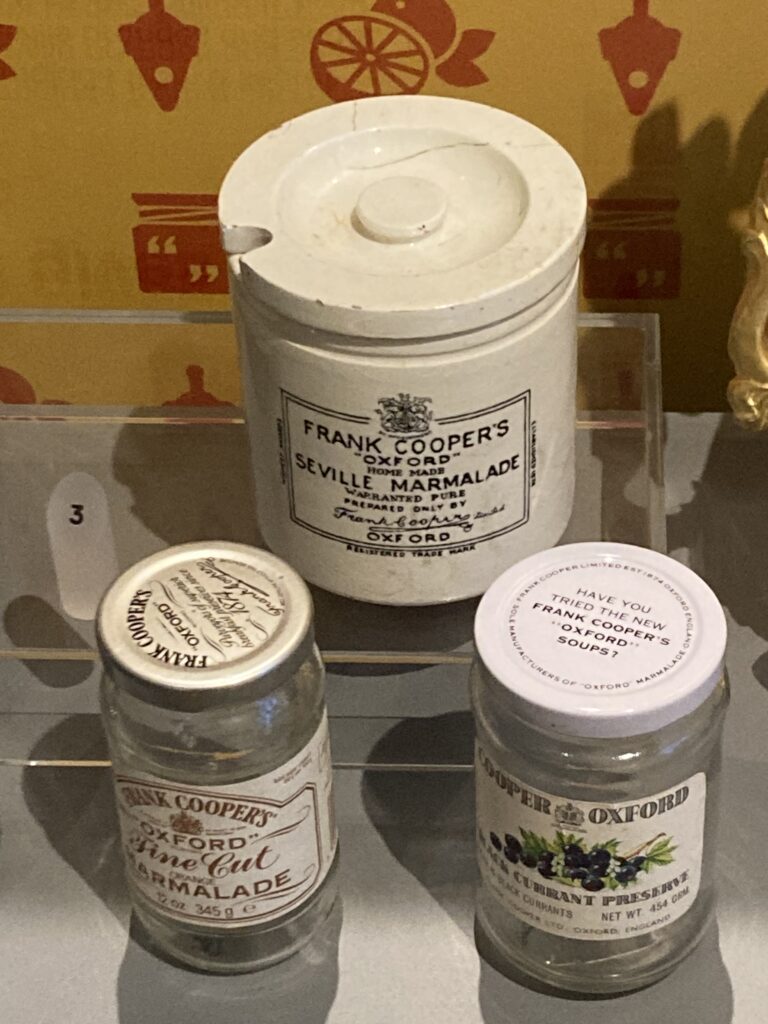
One of the old stone pots used to sell Frank Cooper’s Oxford Marmalade – if you returned it you could claim a penny. Glass jars replaced them in the 1930’s. These are on display at MOX.
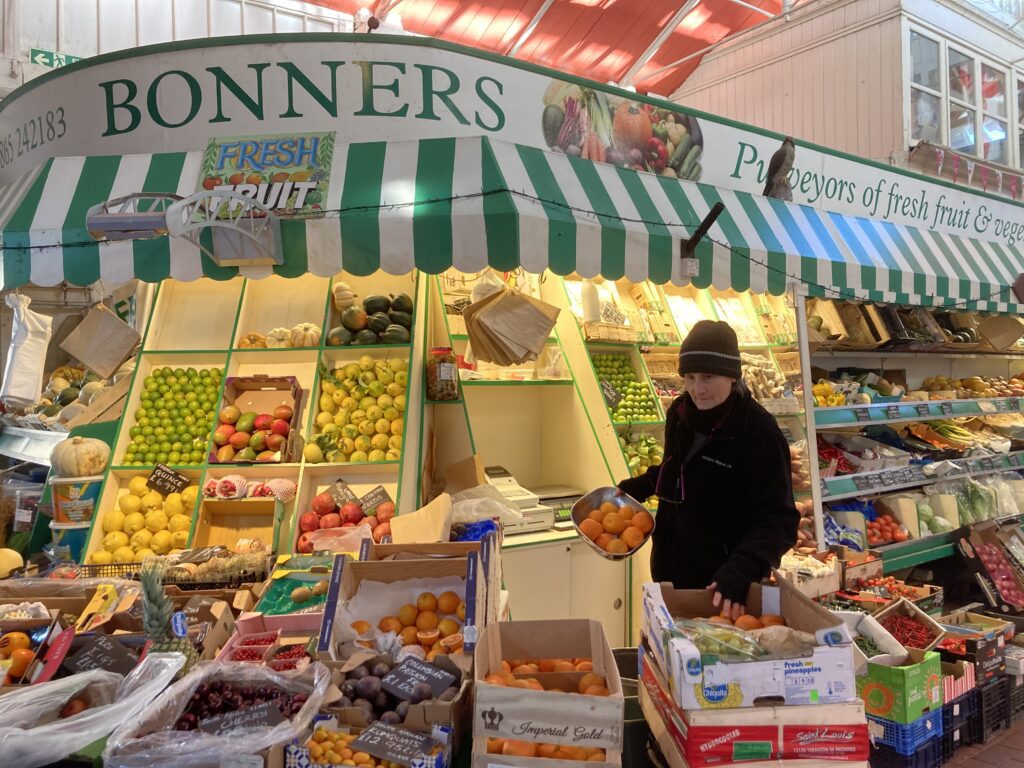
Buying Seville oranges from Bonners in The Covered Market
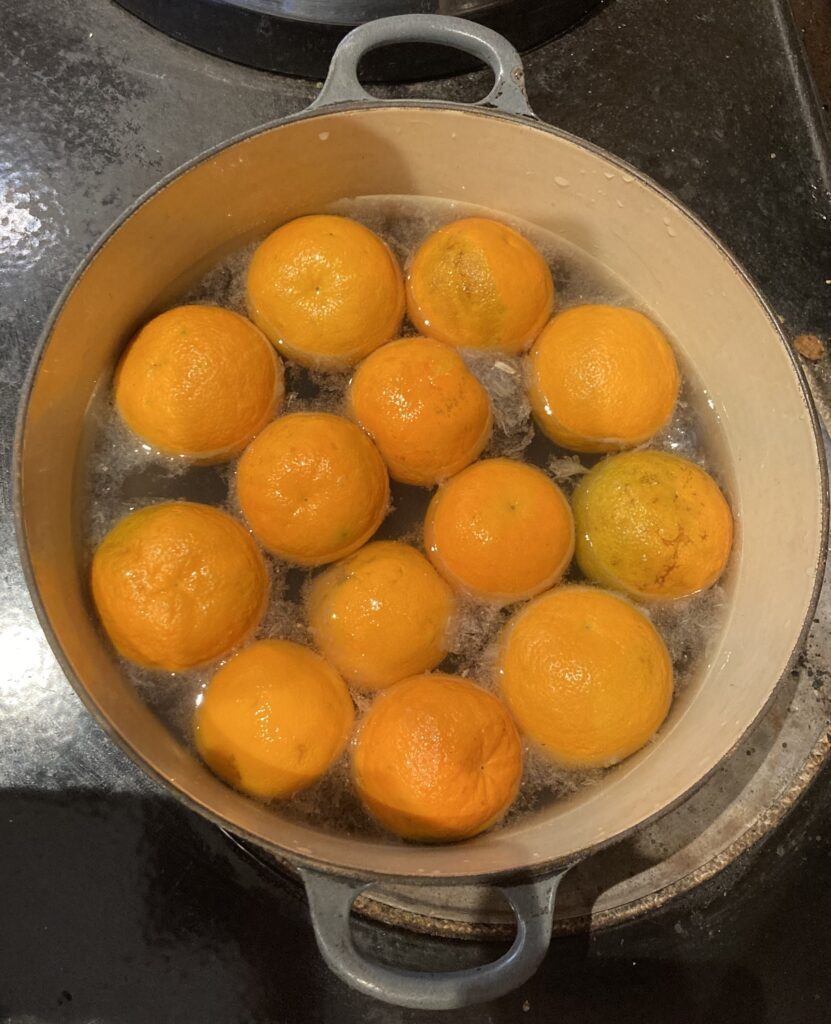
I boil them whole, and then cool so the peel is soft enough to shred easily.
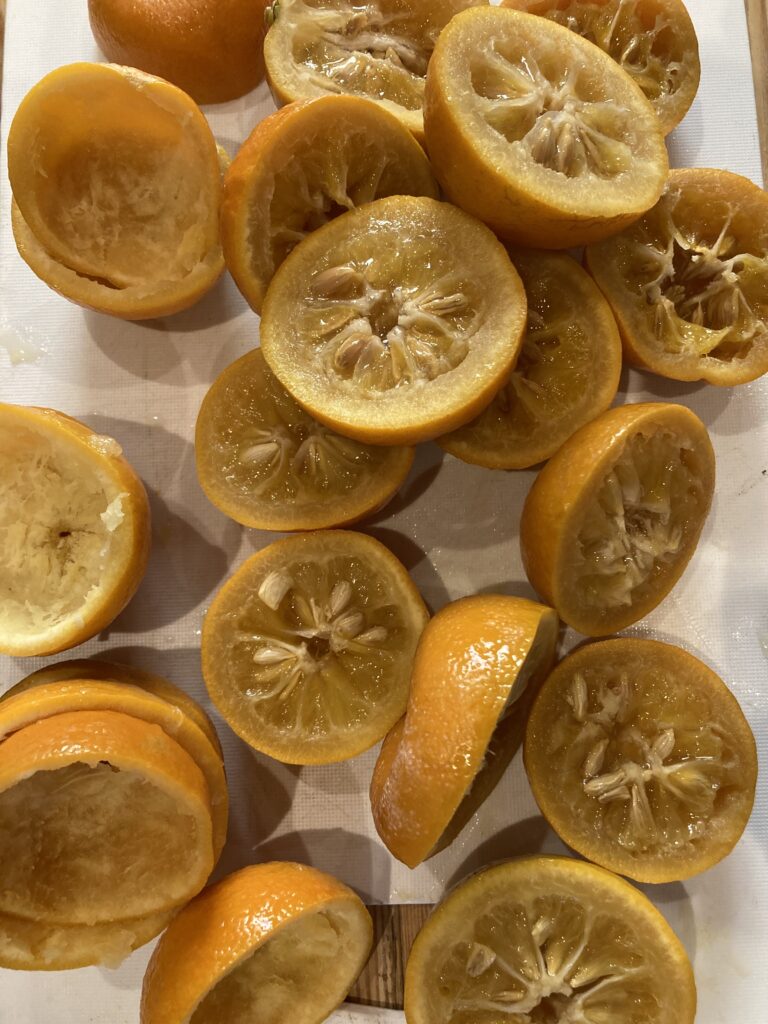
Scoop out the pulp and pips and add to the liquid. This is what gives it a good set. Cool then strain.
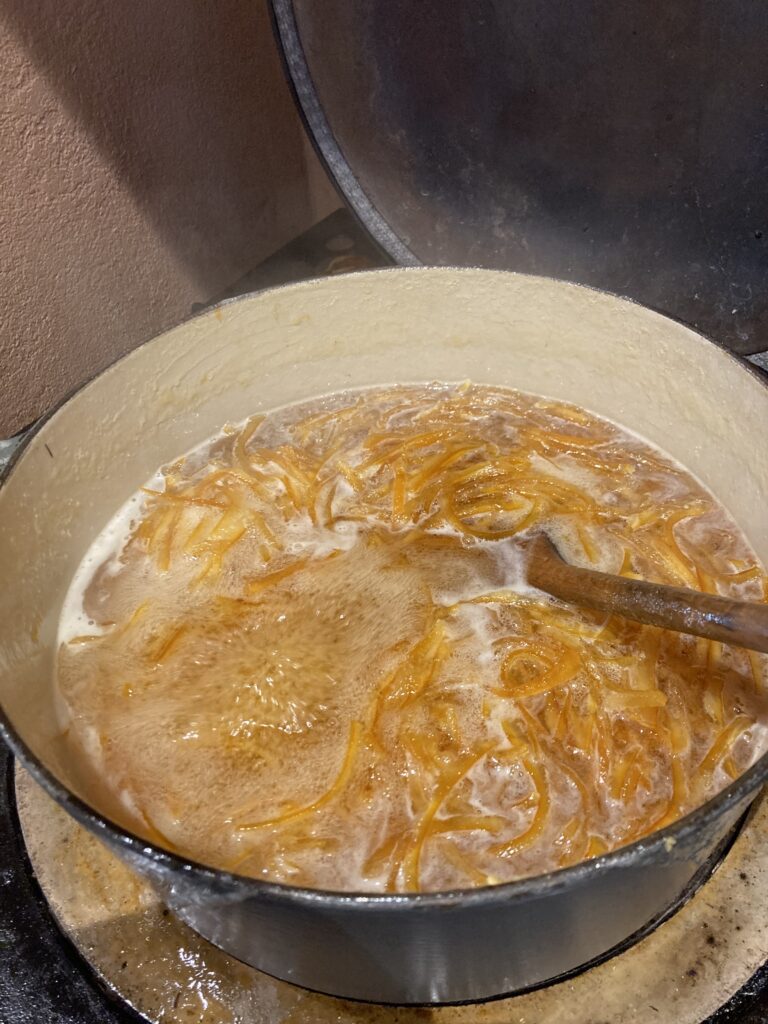
Add the shredded peel and sugar. Once dissolved, boil for about 20 minutes
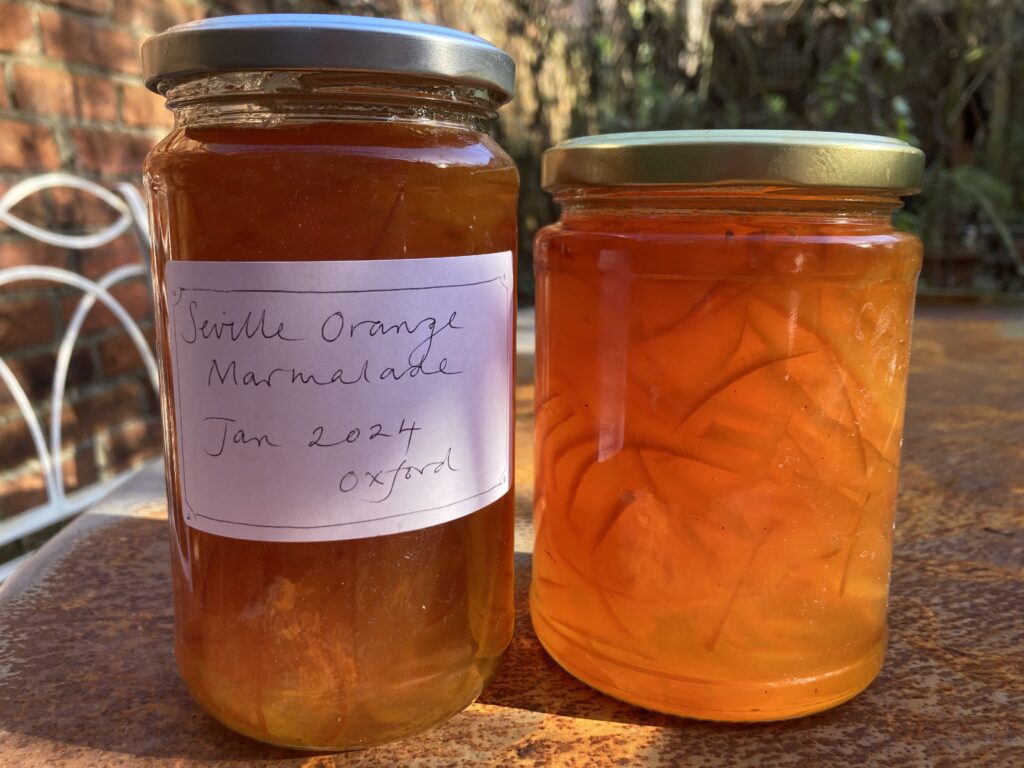
And hey presto! Jars of sunshine.
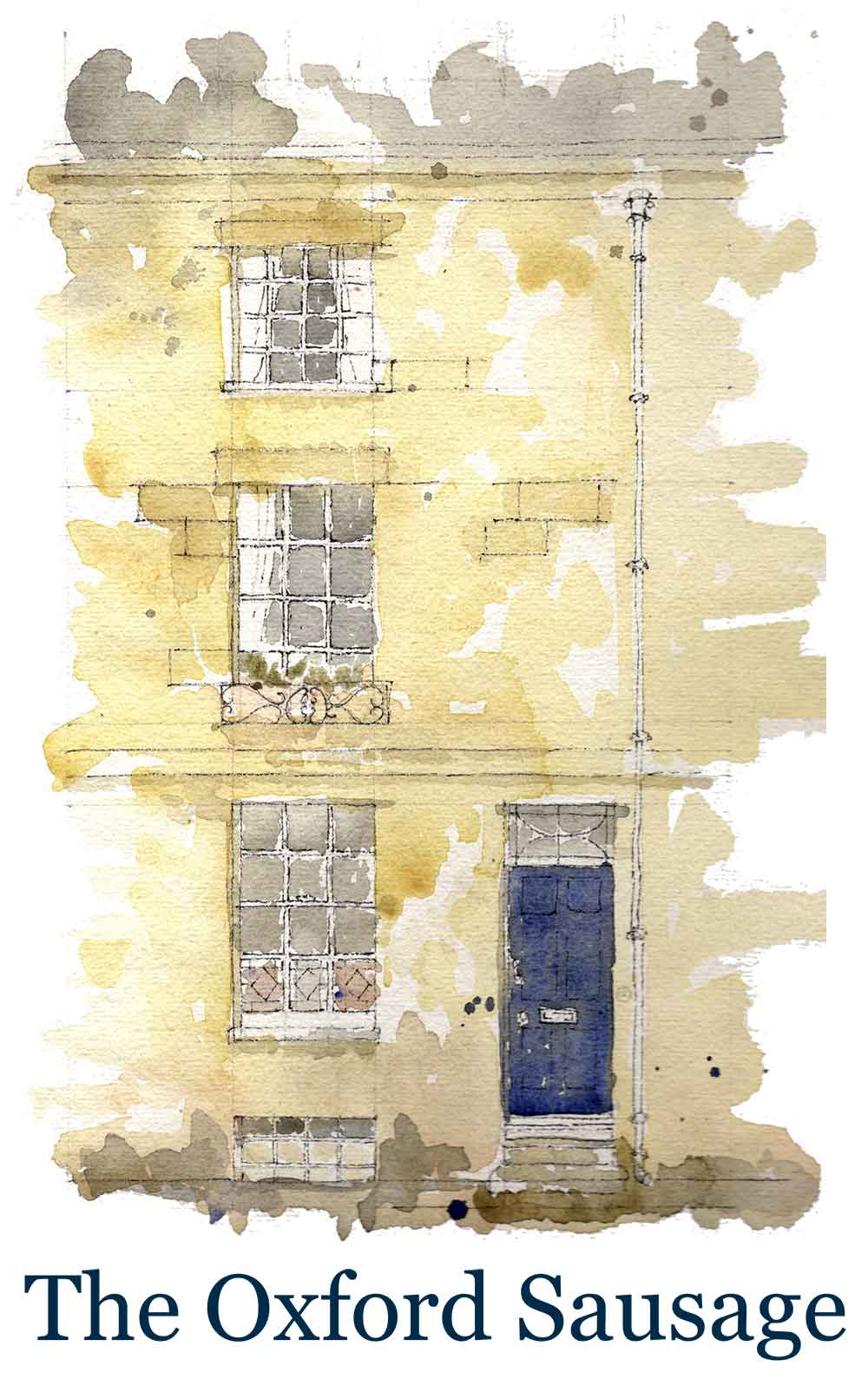
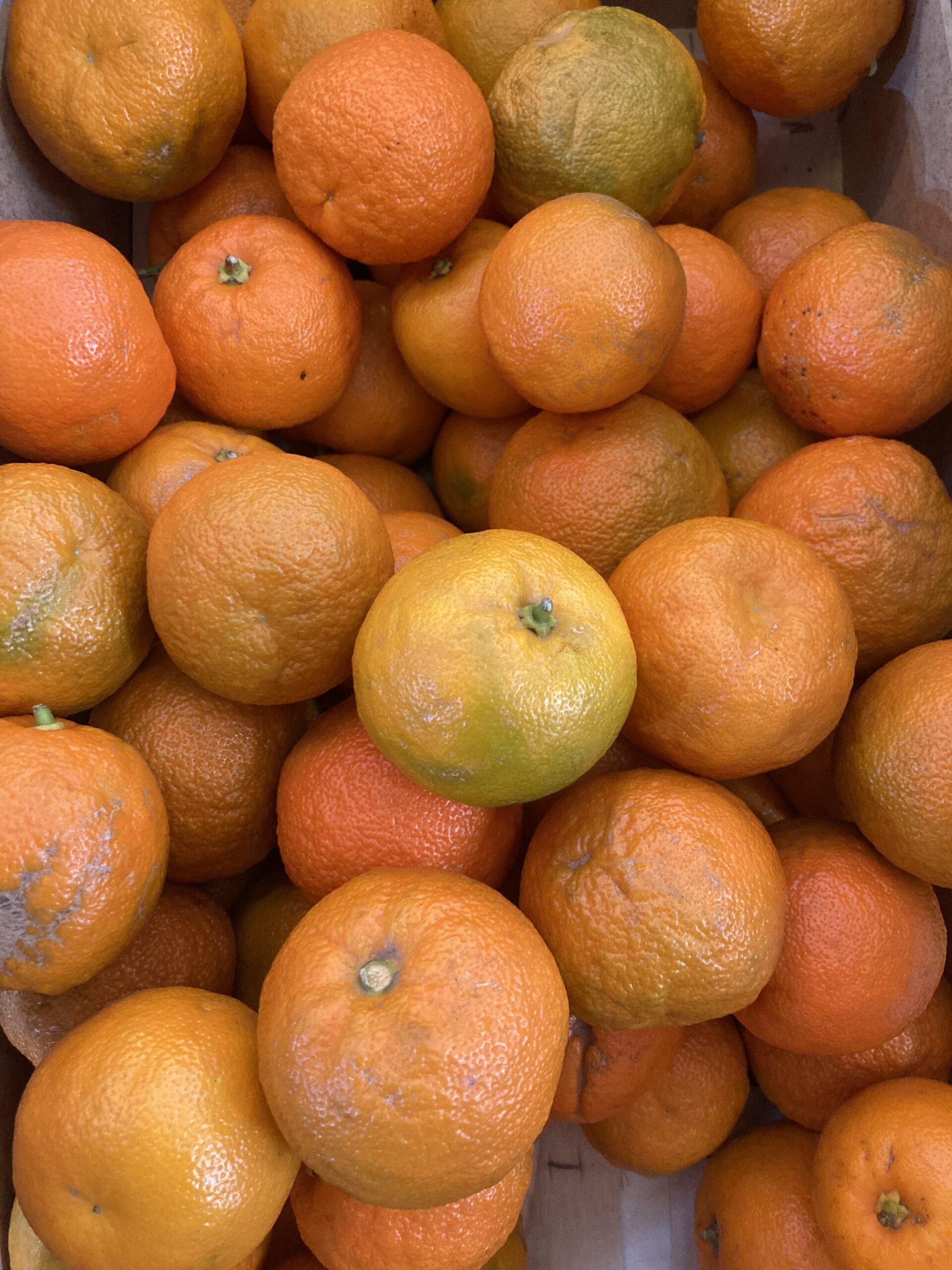
6 Comments
Join the discussion and tell us your opinion.
Thanks for this, and for the recipe! I’ve wondered about the story behind that “Sarah Cooper” plaque. Good to see women’s histories brought forward.
What a mouthwatering story.
t is extraordinary the Cooper building has survived,
when you think of the wanton destruction of the old
non-university/college buildings inflicted on Oxford.
Will you consider trading a jar of sunshine for a jar of
kythera sunshine in the form of Ionian sea salt?
fascinating. There really are some lovely buildings in Oxford. Pity I can’t dine on seville orange marmalade. For some reason it works
against my immunosuppressant drug. So I’ll take pleasure from your descriptions.
against my immunosuppressant drug. So I’ll take pleasure from your descriptions.
What a really great Sunday sausage- and typical that Sarah didn’t get the credit
Great post! Such beautiful factories they used to make. There was a pride in functional buildings in the past, something that big companies and the out of town warehouses could learn from.
Loved this Arabella! And I remember shopping there when it was an Antiques Market too, and how nice to learn where it was originally made.